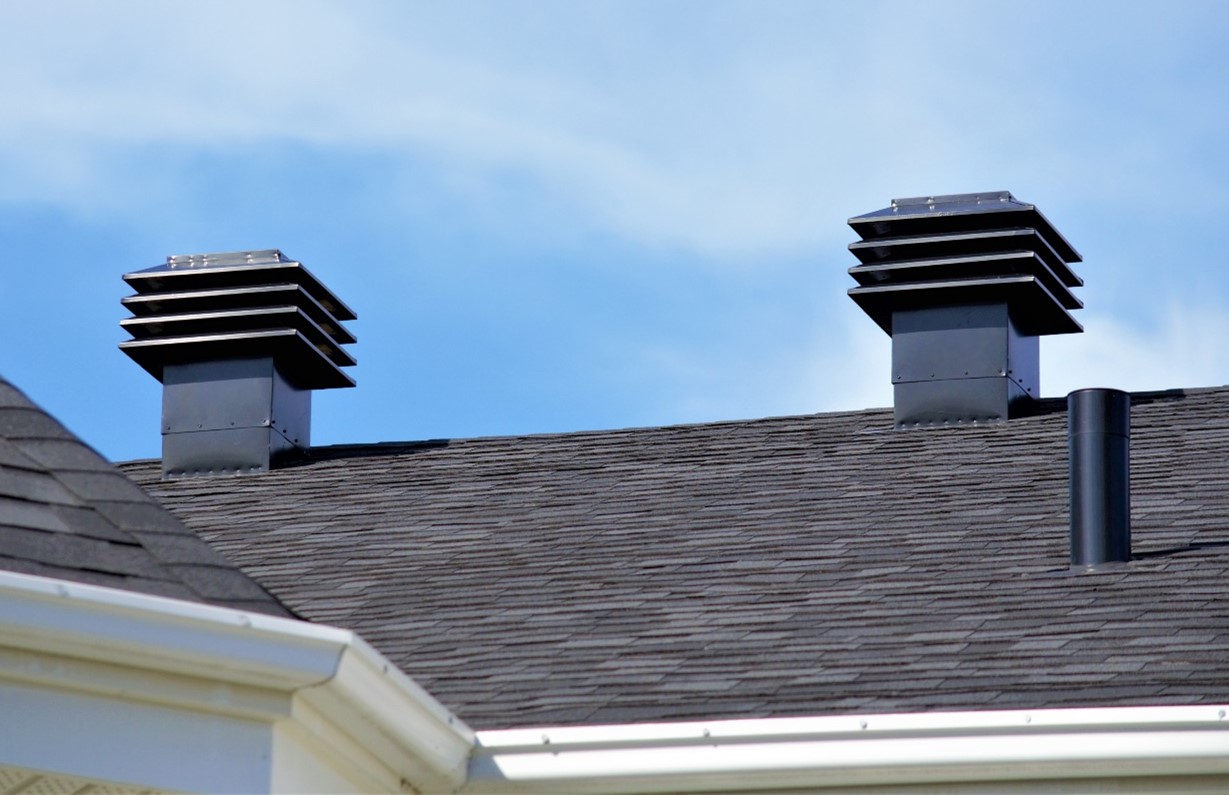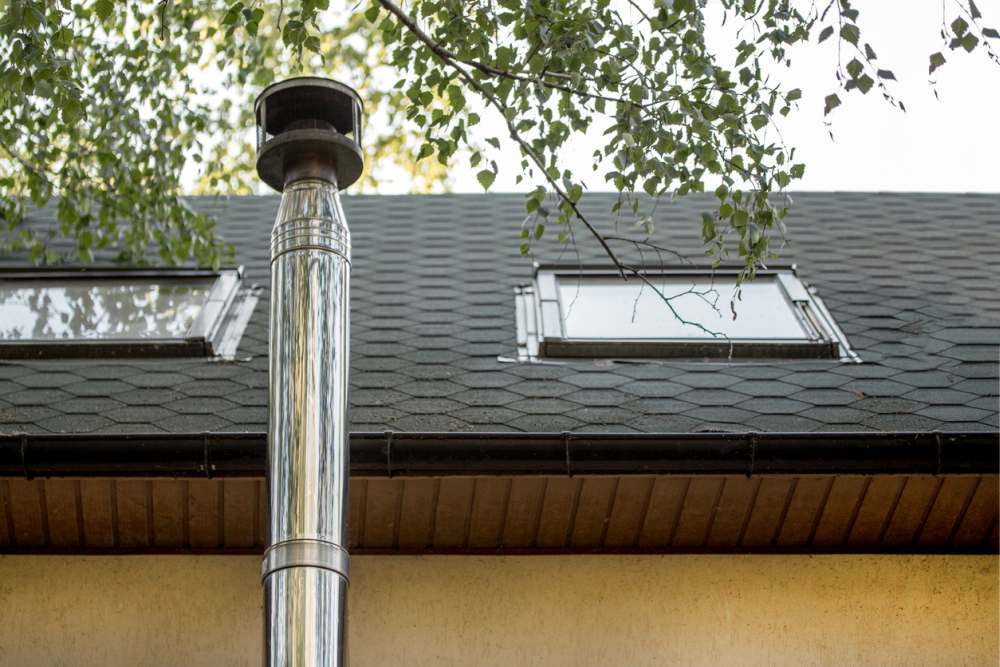How Correct Ventilation Matters in Plumbing Systems
How Correct Ventilation Matters in Plumbing Systems
Blog Article
This article in the next paragraphs pertaining to Why Plumbing Air Vents Are Important is incredibly entertaining. Have a go and make your own personal ideas.

Proper air flow in pipes systems is typically neglected, yet it is crucial for maintaining the functionality and security of your home's pipes. Air flow helps regulate air pressure, protect against the accumulation of harmful gases, and make sure the efficient elimination of waste. In this overview, we will certainly discover the relevance of proper plumbing air flow, just how it works, and the advantages it brings to your plumbing system.
Comprehending Ventilation in Pipes
Air flow in pipes refers to the network of pipes that enable air to flow with the drain system. These vents serve multiple purposes, consisting of managing air pressure within the pipes, stopping sewage system gases from entering the home, and helping in the smooth circulation of wastewater.
Just How Air Flow Works in Pipes Equipments
Air Pressure Regulation
Correct air flow maintains well balanced air pressure within the plumbing system. When water streams via pipelines, it displaces air. Without adequate ventilation, this variation can produce negative pressure, bring about slow drains or siphoning of water from traps, which can cause undesirable odors to leak right into the home.
Avoiding Sewer Gas Accumulation
Among one of the most vital features of pipes vents is to avoid sewage system gases, such as methane and hydrogen sulfide, from accumulating within the home. These gases can pose major health dangers and are very combustible. Vent pipes enable these gases to get away safely outside.
Helping in Waste Removal
Air flow aids in the reliable elimination of wastewater by protecting against airlocks in the drain system. When air can flow openly via the vents, it enables water and waste to flow efficiently via the pipelines, minimizing the risk of obstructions and backups.
Types of Plumbing Vents
Key Heap Vent
The primary stack vent, additionally referred to as the vent stack, is the main vent in a plumbing system. It expands from the major drain align with the roof, permitting gases to leave and fresh air to get in the system.
Branch Vent
Branch vents attach to the major pile vent and offer private components, such as sinks, toilets, and showers. These vents make certain that each fixture has appropriate air flow to function appropriately.
Air Admission Shutoff (AAV).
An Air Admittance Valve (AAV) is a one-way valve that allows air to enter the plumbing system without the requirement for a conventional vent pipe prolonging via the roof covering. AAVs are typically utilized in improvements or locations where setting up a common air vent is unwise.
Signs of Poor Air Flow in Pipes.
Slow Draining Fixtures.
If your sinks, bathtubs, or toilets are draining slowly, maybe a sign of inadequate air flow. Insufficient air flow can produce a vacuum cleaner impact, making it challenging for water to drain effectively.
Gurgling Appears.
Gurgling sounds coming from drains pipes are often an outcome of air being drawn through water traps because of negative pressure in the pipes. This is a clear sign of inadequate ventilation.
Unpleasant Odors.
Sewer odors inside your home are a red flag that your plumbing system is not appropriately aerated. This can indicate that drain gases are not being properly vented outside, causing potentially hazardous problems.
Common Air Flow Mistakes.
Poor Vent Sizing.
Making use of undersized vent pipelines can result in poor air circulation and pressure inequalities in the system. It's vital to utilize vents that meet the specific demands of your pipes system.
Improper Vent Placement.
Putting vents too much from the fixtures they serve can reduce their effectiveness. Proper placement guarantees that air can stream freely and efficiently via the system.
Disregarding Code Demands.
Building codes give certain standards for pipes air flow. Disregarding these codes can cause a system that falls short to operate appropriately and may lead to pricey fixings or health hazards.
Benefits of Proper Ventilation.
Improved System Performance.
Appropriately ventilated pipes systems run extra effectively, with fewer clogs, faster draining pipes, and much less strain on the pipes. This efficiency extends the life expectancy of the pipes system.
Improved Air High Quality.
By preventing drain gases from entering your home, correct air flow contributes to much better indoor air top quality, making your living setting healthier and a lot more comfortable.
Avoiding Water Damage.
Ample ventilation aids stop water from being siphoned out of catches, which can result in sewage system gases entering the home and creating water damages with time.
Steps to Guarantee Proper Air Flow.
Consulting Plumbing Codes.
Constantly speak with local pipes codes when designing or customizing your plumbing system. These codes give the required standards for proper airing vent and ensure your system meets safety criteria.
Regular Assessment and Upkeep.
Routine assessments can help recognize possible air flow issues before they end up being significant issues. Upkeep tasks, such as cleaning vent pipes and looking for blockages, are essential for maintaining the system in good working order.
Expert Installment.
For brand-new setups or major alterations, it's important to employ a specialist plumbing. They have the proficiency to ensure the ventilation system is correctly developed and set up according to code.
Verdict.
Appropriate air flow is a critical part of any kind of plumbing system, making sure that it works successfully and safely. By comprehending the value of ventilation, recognizing the indications of poor ventilation, and taking steps to keep your system, you can prevent expensive issues and protect your home's air high quality.
4 Things You Should Know About Your Plumbing Vents
What Plumbing Vents Are
Also called a vent stack, a plumbing vent is a vertical pipe attached to your drain line that runs through your roof. The plumbing vent pipe, or plumbing air vent, removes gas and odors from your plumbing system and allows fresh air to enter the pipes, helping the water to flow out of the drain pipes.
What Plumbing Vents Do
Plumbing vents have two basic functions. One of which is to allow unpleasant smelling wastewater and sewer gasses to escape your plumbing system instead of entering your home. Plumbing vent pipes are typically located on roofs, away from windows, to ensure the fumes exit the home completely.
The other function of the plumbing vent is to move fresh air into your plumbing system. This helps move water through every plumbing fixture in your house, like toilets and sink drains. Think of the way in which you need to let a little air into the bottle as you pour soda in order to make the drink flow smoothly.
Different Types of Plumbing Vents
True vent: This is the most common vent option. In simplest terms, a true vent is a vertical pipe attached to your drain line that exits through the roof. They often function as the main vent that other fixtures can connect to. Re-vent pipe or auxiliary vent: Attached to the drain line near specific plumbing fixtures, re-vent pipes run up and over to connect to the main vent. Common vent: Two plumbing fixtures installed on opposite sides of a wall are typically tied into the vent stack using something known as a sanitary cross. Wet vent: This venting option operates as a drain pipe and a vent at the same time. Wet vent drainage systems drain water from one fixture while venting the air from another. Although they’ve been used for over 100 years, wet vent systems have only recently been added to the plumbing code in many areas. If you’re planning on installing one in a bathroom remodel, make sure you check your local code prior to construction. Loop vent: For free-standing fixtures like kitchen island sinks, loop vents are ideal. These vent pipes run under the floor, rise from the P-trap, and create a loop inside the cabinet sink. Air admittance valve: An AAV is a one-way mechanical valve typically installed at the site of the plumbing fixture. AAVs allow venting to occur without having to tie into a larger venting system. They’re ideal for venting fixtures where you aren’t able to easily connect to an existing vent system. Common Plumbing Vent Issues
Although vent pipes typically don’t have water flowing through them, they’re still subject to many typical plumbing issues. For example, clogs are one of the most common problems associated with sewer vent pipes. If your vent pipe gets clogged, all of your plumbing fixtures tied into the vent stack will be affected.
A sink with a slow drain that bubbles and gurgles or a strong sewage smell around your toilet are both indicators that your toilet vent pipe is clogged. Because most vent pipes exit through the roof, old leaves, twigs or even a bird’s nest could be clogging the pipe.
Clogs in your vent pipe system cause a buildup of negative pressure, meaning that water won’t be able to flow out of your home very well. It’s similar to putting your finger over the opening of a straw to trap water inside. When you remove your finger, the water is able to flow out of the straw.
If you suspect you have any blockage in your vent, make sure you have a professional come examine the situation. Left unchecked, a blocked air vent can lead to other costly repairs, like leaks and sediment buildup.
Under Pressure
Pipe vents are essential aspects of a home’s plumbing system. Owning a home means learning about all sorts of things you never put much thought into before. But by understanding as much as you can about the important systems of your home, you can keep those budgets intact and those anxiety levels low.
https://www.homeserve.com/en-us/blog/home-improvement/plumbing-vents/

I came across that blog post about Essential Plumbing Vent Pipes: Understanding Their Role when exploring the search engines. You should pause to distribute this blog posting if you enjoyed reading it. We cherish reading our article about Essential Plumbing Vent Pipes: Understanding Their Role.
Call Today Report this page